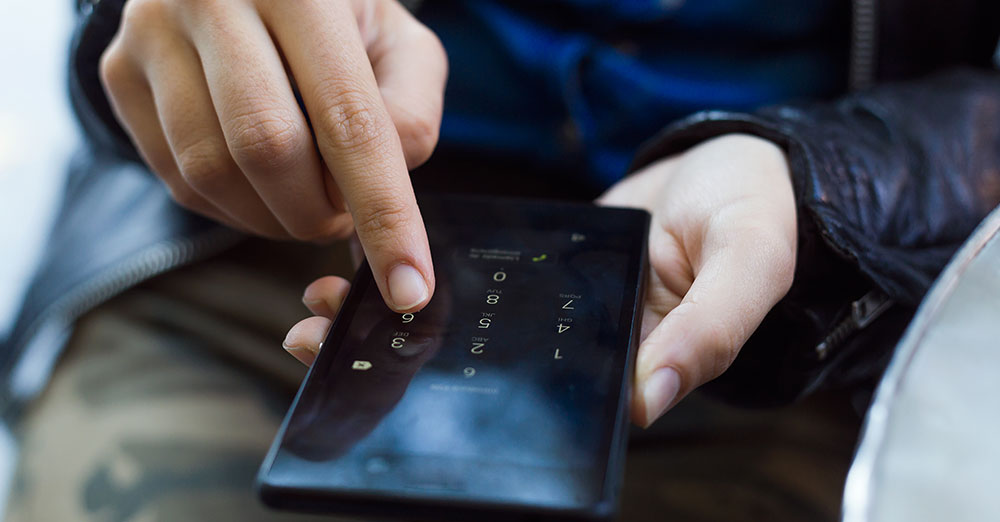In the age of technology and constant evolution, Android phones have taken a central role in our daily lives. However, like any electronic device, they need care and attention to keep them in perfect working condition. From deleting unwanted files to adjusting settings, let's further examine five important tips for maintaining an Android mobile.
1. Cleaning the Storage Area:
The storage space of an Android phone is its digital living space. Managing this space is a key step in keeping the device at high performance. The first approach is to remove old files and unwanted applications that often pile up on our mobile.
Frequent review of photos, videos, and other files is vital. Unwanted or unnecessary files not only consume valuable space, but can also affect the overall performance of the device. Applications that are no longer in use should be deleted, freeing up resources and improving performance.
Also, storing files on external devices or in the cloud is a great solution to keep internal storage space free. Services such as Google Drive, Dropbox or other cloud storage offer secure storage and ease of access to your files.
In addition, storage space affects battery performance. The more space available, the more efficient the device is in managing energy. Therefore, regular cleaning and active control of storage space are fundamental factors for a smooth user experience and the longevity of your Android phone.

2. Software Update:
Continuous updating of the software is a key factor for the efficient operation and security of your Android phone. Technology is constantly evolving, and updates offer improvements in performance, security and new features.
Google, as well as mobile manufacturers, provide regular updates for the Android operating system. These updates usually include improvements to device performance, bug fixes and sometimes new features. Therefore, it is important to check regularly for available updates and install them when they are available.
Software updates not only offer new features, but also improve the security of your device. They often include configurations and fixes for any vulnerabilities that may be discovered over time. Thus, updating software is a measure of protection against potential threats and malware.
In addition, the software update improves compatibility with new applications. Most applications are developed to run on the latest versions of the operating system, so updating ensures that you can enjoy new features and access more up-to-date applications.
Overall, updating the software is a critical step in maintaining the performance and security of your Android phone, encouraging a smooth user experience and providing the benefits of the latest developments in the world of technology.
3. Background Application Control:
Managing the applications running in the background is key to improving the performance and battery life of your Android phone. Apps that remain active in the background can consume resources and affect the overall user experience.
The first tip is to check the list of applications running in the background and disable those that don't need to stay active all the time. Some applications, such as social media, email clients and other services, often continue to run in the background to provide instant notifications. However, if you don't use certain apps often, turn off their ability to run in the background.
In addition, app settings regarding updates and notifications are important. Prioritize notifications or limit frequent updates, saving energy and resources.
Also, there are application management applications that offer features such as routing times to control when an application runs in the background.
All in all, actively controlling apps in the background is an important measure to improve your device's performance and save energy, thus providing a pleasant and cost-effective user experience in the world of mobile technology.

4. Malware Protection:
Android mobile security requires caution and proactive measures to deal with malware. One of the key tips is to install a reliable antivirus application on your device.
Anti-virus applications offer strategic barriers against threats. They provide the ability to scan the system to detect and remove malware before it can cause damage. By choosing an app from a trusted security provider, you ensure that your device remains protected from attacks and threats.
In addition, it's important to regularly update your software and all your applications. Updates usually include fixes for security vulnerabilities that can be exploited by malicious attackers. Therefore, be diligent and confirm that your device is up-to-date with the latest software versions.
Avoid installing applications from unofficial sources. The Google Play Store is a trusted source of apps, as it offers security mechanisms to check apps before they are installed. If you choose to install apps from other sources, make sure they come from trusted sources and have good reviews.
Overall, malware protection requires both the use of up-to-date security applications and the adoption of sound practices such as updating software and careful application selection. With these measures, you can ensure that your device remains safe and effective in everyday use.
5. Custom Display Settings:
Display settings are a critical part of the user experience on an Android phone, affecting both ergonomics and battery life. One important area of customization is screen brightness.
First, adjust the brightness of the screen according to your preferences and lighting conditions. Too much brightness can use more energy and cause unnecessary eye fatigue. Conversely, low brightness can make it difficult to read in bright environments.
In addition, consider the length of time before the screen is automatically locked. Set a reasonable amount of time to ensure that the screen will close when not in use while saving energy. This can have a significant impact on battery life.
Another important element is the setting of the screen's standby time. If the device remains active and the screen on for long periods of time without use, this can negatively affect battery life. Set the standby time to a reasonable interval, saving energy and ensuring that the screen automatically turns off when not in use.
At the speed that technology evolves, maintaining your Android phone is essential for a smooth and efficient experience. The five tips we discussed earlier are key pillars for keeping your device in tip-top shape.
At iready with our services, we offer customized solutions to improve the performance and security of your device. Discover how we can help you ensure maximum performance and keep your Android phone in top condition.
